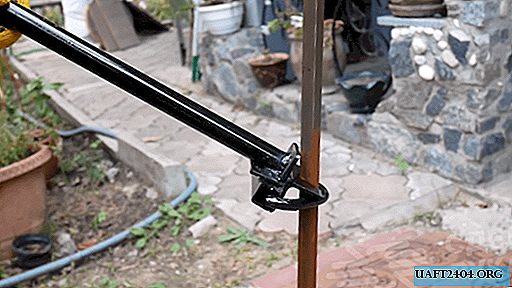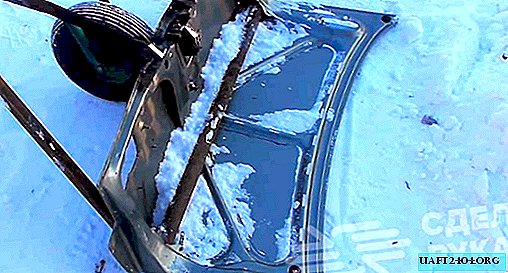Share
Pin
Tweet
Send
Share
Send

Getting a three-phase voltage of 380 V from a single-phase 220 V in your garage can be quite simple. It does not take a lot of time, the whole circuit can be connected in 5 minutes without too much complexity.
For example, you need to start a powerful 3 or 4 kW engine. It would seem that it can be powered according to the classical scheme from a single-phase circuit through a capacitor, but it was not there. With this inclusion, the treasured power of forty percent is lost, plus its launch will be incredibly difficult, or even not possible, if the engine is initially loaded.
It is for such purposes that phase splitters are used, which help to evenly distribute all values across all three phases.
Using them, it is possible to power not only motors and plants with three-phase asynchronous motors, but also any other consumers requiring a three-phase voltage of 380 V.
Will need
You can make a simple phase splitter from a powerful motor. Its power should be 1.5 - 2 kW more than the powered device. For example, if you need to power a compressor of 3 kW, then for the circuit you need to take a more powerful engine of 4.5 kW and above. In this example, a 5.5 kW motor is used.
Phase splitter circuit

As you can see, the scheme is incredibly simple. First, a single-phase voltage is supplied to the high-power motor, a star connected according to the scheme. The phase shift is carried out by a capacitor (the classical circuit described above). And already we remove the uniform three-phase voltage from it.
How implemented
First, the connection goes to a powerful motor (there is no starting capacitor in the frame).

And already through the batch switch we turn on the motor - the load.

System startup
You must run the system as follows. First, we apply voltage from a single-phase network to a powerful motor. Its shaft is free of load. The motor begins to spin up gradually. After some time, its speed will be optimal. Only then can the load be switched on by clicking on the bag.
A connected motor in the role of a load can easily spin up even under load.
What does it give and how does it work?
When the 5.5 kW engine spins up, it will begin to evenly share all the energy between the phases. As soon as the load is connected (3 kW), which at the time of start consumes tremendous power. A powerful motor takes on all this lack of energy, since the voltage in the network decreases for an instant, and the inertia of the shaft continues to rotate. Naturally, its speed will slightly drop under load. After the promotion of the connected motor, the expression speed of the powerful motor shaft will return to normal, creating a smooth leap in the network.
In a nutshell, the engine in the splitter has a peculiar role of a three-phase capacitor or buffer, which does not allow a sharp voltage drop, and evenly distributing phase shifts in phases without distortion.
Share
Pin
Tweet
Send
Share
Send











